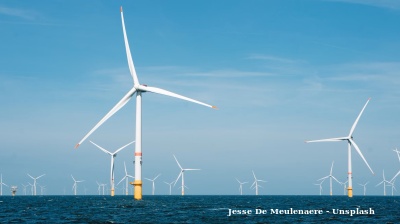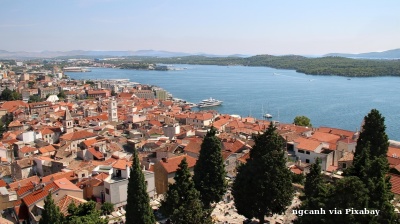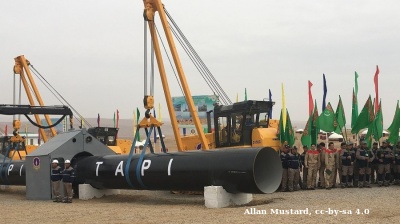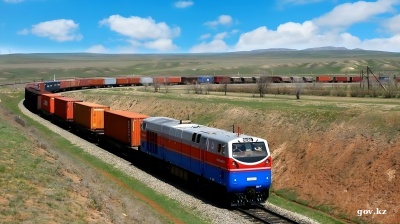Snowfall shortages destabilising some of world’s last resilient glaciers, expedition in Tajikistan shows

Some of the world’s last resilient glaciers, located in Tajikistan’s Pamir Mountains, are being destabilised by snowfall shortages, a study from the Institute of Science and Technology Austria (ISTA) has found.
Researchers from the ISTA set up a monitoring station on Kyzylsu Glacier around 3,400 metres above sea level in an expedition to obtain years of “missing data” from the Central Asian country. They discovered that the glacier’s stability ended around 2018, when there was a sharp decline in snowfall and the glacier melt accelerated.
According to the research team, the work provides insights into the Pamir-Karakoram Anomaly, in which glaciers were discovered to resist climate change longer than expected.
The researchers essentially concluded that too little snowfall is shaking the foundations of glaciers that are regarded as some of the world's most resilient 'water towers'.
Upstream Tajikistan’s glaciers are important to all of Central Asia as run-off flows into rivers important to water availability and security across the region. Tajikistan in late May played its role as one of the world’s pre-eminent “water diplomats” as it hosted 2,200 participants from 65 countries and 70 international organisations at a “glacier summit” in Dushanbe.
The researchers were able to model the entire glacier catchment's behaviour from 1999 to 2023. Their results, revealing deteriorating glacier health, were described in an article by the ISTA published by Phys.org on September 2.
The article observed: “High-mountain Asia has been nicknamed the Third Pole due to its massive meltwater reserves, which are second only to the Arctic and Antarctic polar caps. In Central Asia, the northwestern Pamir Mountains in Tajikistan have been home to some of the last stable or growing glaciers outside the polar regions.
“However, between the collapse of the Soviet Union and the return of new monitoring networks, this region has also suffered from a dire lack of observational data for decades.”
The researchers work for Francesca Pellicciotti's group at the ISTA.
They teamed up with local researchers in Tajikistan and collaborators in Switzerland, Austria and France to create their own climate station on a benchmark catchment and model the glacier's changes over more than two decades.
Their first joint publication presents evidence that the glacier likely reached its tipping point seven years ago.
"Due to the general lack of data and robust future projections in the region, we can't tell yet whether this was truly the 'point of no return' for Pamir glaciers," said the study's first author, Achille Jouberton, a PhD student in the Pellicciotti group at ISTA.
"We must keep in mind that this study only considers one specific catchment and extends from 1999 to 2023. However, it is the first study of its kind. Similar efforts will need to address these issues on a larger geographical scale."
bneGREEN

North Macedonia's Skopje tackles mounting waste and rodent crisis
Locals say the problems in Skopje's Centar municipality worsened during the local election period when political campaigning took precedence over maintenance.

Malaysia–Vietnam offshore wind project to deliver 2,000 MW by 2034, strengthening regional green energy links
Malaysia’s upcoming offshore wind project connecting Vietnam to Peninsular Malaysia is expected to generate up to 2,000 megawatts (MW) of clean energy by 2034, marking a major step in the nation’s renewable energy expansion

EBRD invests €16.8mn in Croatia’s first large-scale battery storage and virtual power plant
Development bank to take its first equity stake in a standalone merchant storage project.

Kyrgyzstan says neighbours “upset” by country’s lack of water
“This year we were supposed to overcome shortages, but instead, they have intensified,” deputy head of cabinet tells Uzbekistan and Kazakhstan.



